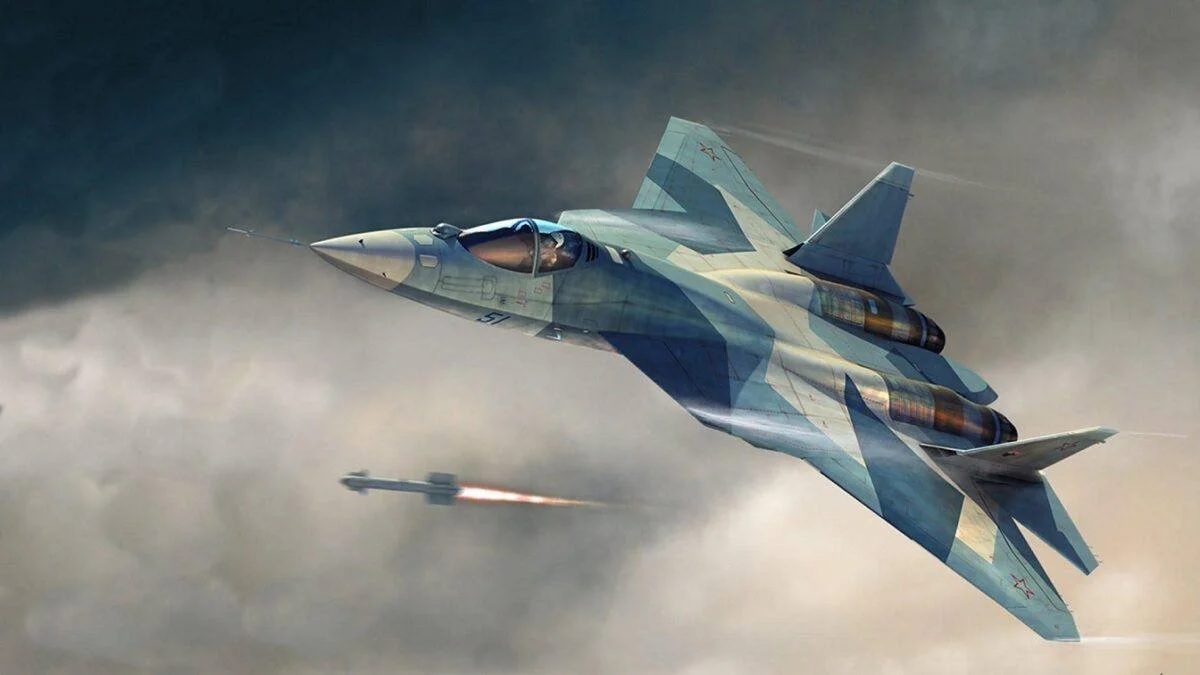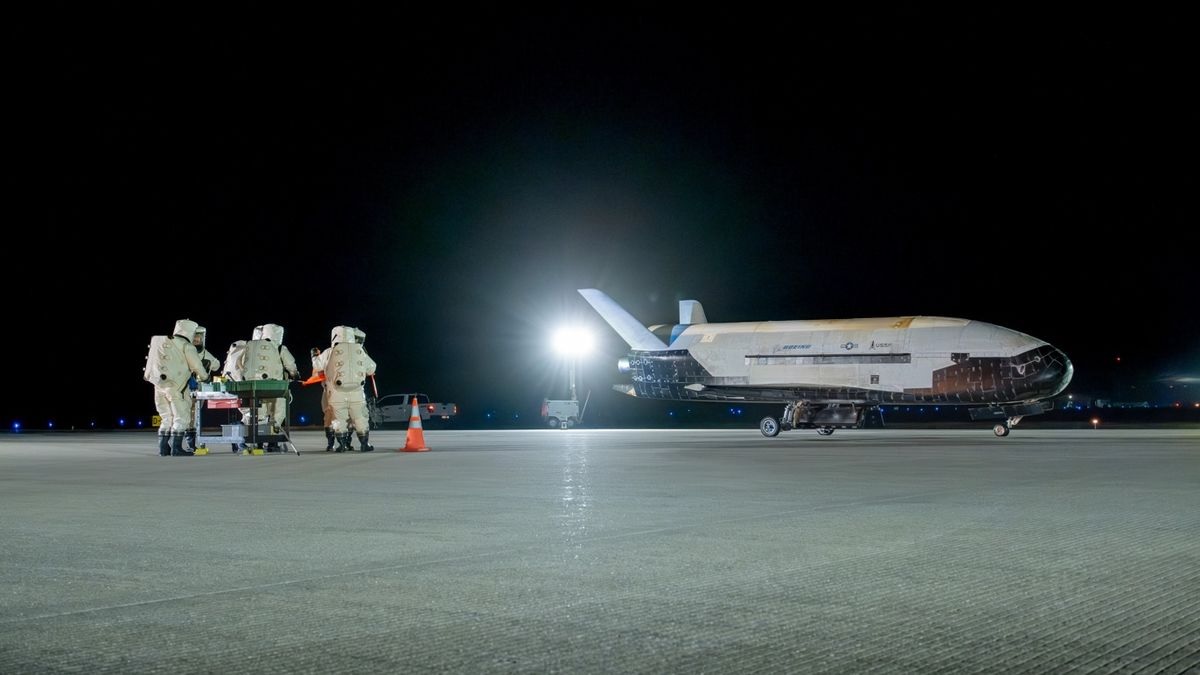Manned-Unmanned Aircraft Teaming India

Manned-Unmanned Teaming (MUM-T) represents a transformative approach in which manned and unmanned assets collaborate seamlessly to achieve shared mission objectives, heralding a new era in airpower innovation. In India, the pioneering strides in MUM-T experimentation are spearheaded by Hindustan Aeronautics Ltd (HAL) in conjunction with a private entity, introducing the proposed LCA-based Combat Air Teaming System.
HAL recently unveiled plans for flight testing India "Loyal Wingman" drone, a key component of the MUM-T initiative, set to commence in 2024. This autonomous drone is designed to complement the capabilities of manned Indian Air Force (IAF) fighter jets like LCA Tejas and Rafale. Launchable from various platforms such as the C-130, Jaguar, or Su-30 MKI class fighters, the drone establishes a secure data-link with the controlling fighter after deployment.
The maturation of unmanned aerial systems, the integration of Artificial Intelligence (AI) for autonomous operations, and advancements in secure data-links have paved the way for the convergence of manned and unmanned aerial platforms. This synergy enhances precision, operational flexibility, and facilitates continuous machine learning. Unmanned wingmen contribute to Intelligence Surveillance Reconnaissance (ISR), tactical early warning missions, and Suppression of Enemy Air Defenses (SEAD) without exposing costly manned aircraft to high-threat environments.
Drawing inspiration from initiatives like the USAF Loyal Wingman program, where drones like the Kratos XQ-58A Valkyrie operate alongside manned aircraft, India MUM-T strategy envisions operational versatility. Loyal wingmen can execute a range of missions, from electronic warfare and communications support to air-to-air and air-to-ground strikes. The cost-effectiveness of unmanned platforms, with each wingman projected to cost under $5 million, amplifies offensive capabilities while minimizing human risk.
However, challenges and considerations accompany MUM-T implementation. Adversaries could disrupt communication, necessitating autonomous capabilities for drones to execute missions independently. Contingencies, ethical concerns, and the potential for autonomous devices in warfare also demand careful consideration.
China, a leader in drone swarm and MUM-T capabilities, showcases developments like the AVIC 601-S program with low-observable flying wing UAVs. India HAL, in collaboration with private entities like NewSpace Research & Technologies, envisions a range of MUM-T options, including the CATS Warrior, Hunter, ALFA, and Infinity drones. These unmanned wingmen are designed to operate in various capacities, from combat support to high-altitude ISR missions.
In the global landscape of evolving airpower, MUM-T represents a crucial paradigm shift. As India advances its MUM-T capabilities, collaboration between public and private sectors becomes imperative, ensuring the nation position as a global hub in the unmanned aerial systems domain. The urgency and national commitment required for this transformation underscore the potential for India to excel in this dynamic and rapidly evolving field.



